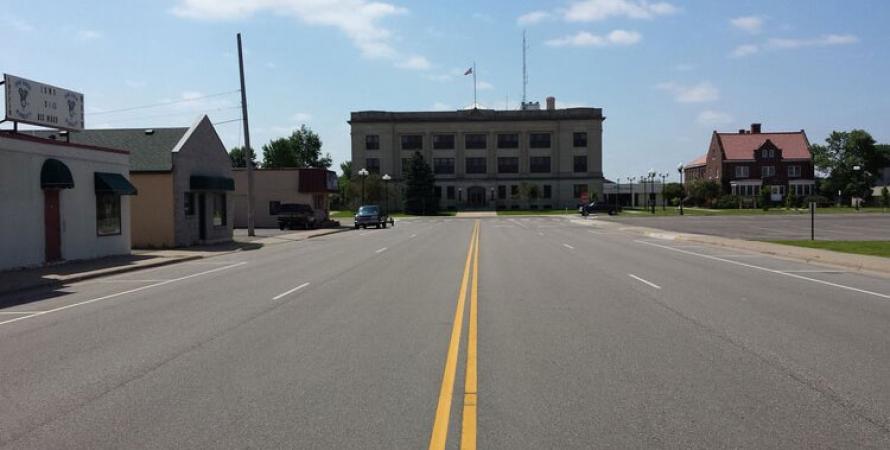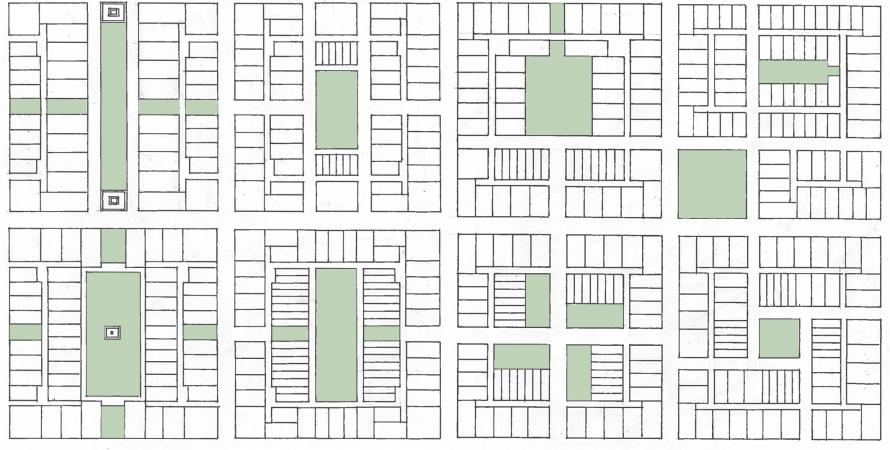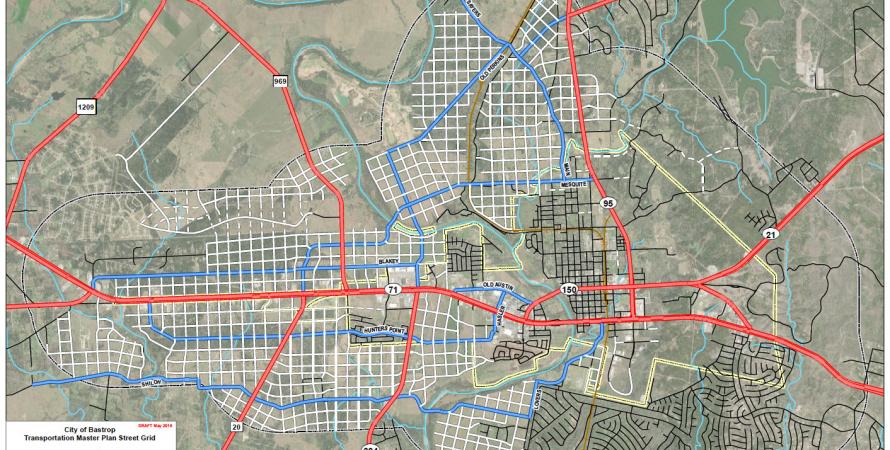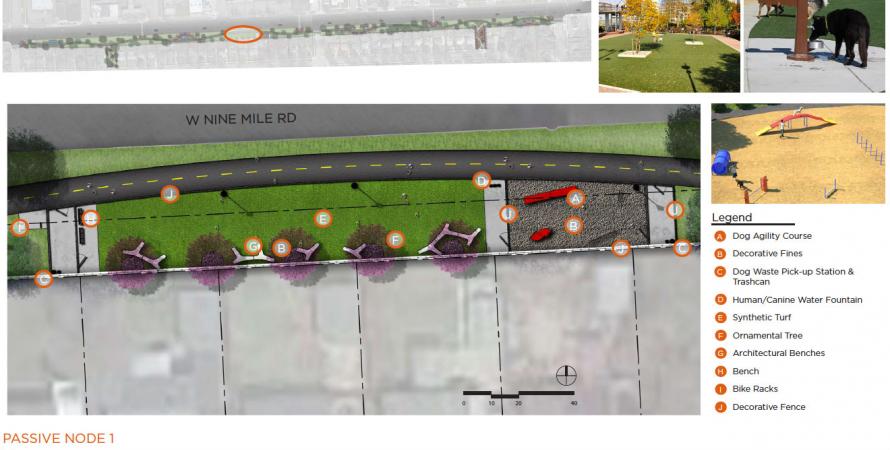-

The cost of an extra foot
Our cities desperately need professional engineers to realign their values to reflect those of the broader society, and we can start by making streets no wider than they need to be.Civil engineers generally have a conservative disposition. I’m not talking politics but their way of approaching the world. My fellow engineers tend to dress conservatively, keep a low profile, and avoid social situations, especially where they will be the focus of attention. I’ve experienced few...Read more -

Why choose a grid?
The decision of a city in Texas to plan for new growth using a grid of streets has inspired readers and makes a lot of sense.The recent article on Bastrop, Texas, struck a chord with a lot of readers. The city of about 9,000 people southeast of Austin has adopted a street grid for growth—one of the few cities that have taken that step since 1950. Bastrop is applying the grid in unique and flexible ways. The goal is to...Read more -

Texas city adopts street grid and code
New, lean code deals with flooding issues and fiscal sustainability for fast-growing historic city in the Austin area.Bastrop, Texas, adopted new, groundbreaking land-use regulations in November that address flooding and establish a street grid as a framework for growth—one of the first cities in the US to do so since the middle of the 20 th Century. The Bastrop Building Block (B3) code is the result of the...Read more -

Road diet creates people-oriented corridor for suburb
The city of Oak Park has the density—it needs placemaking, and that is why an automobile-oriented corridor is being transformed with a linear greenway and complete street.A quintessential first-ring suburb, Oak Park, Michigan, was the nation’s fastest-growing city in the 1950s. The city bordering on Detroit has nearly 30,000 residents—at 5,700 people per square mile it is substantially denser than Portland, Oregon. Yet Oak Park has no walkable downtown or even a...Read more